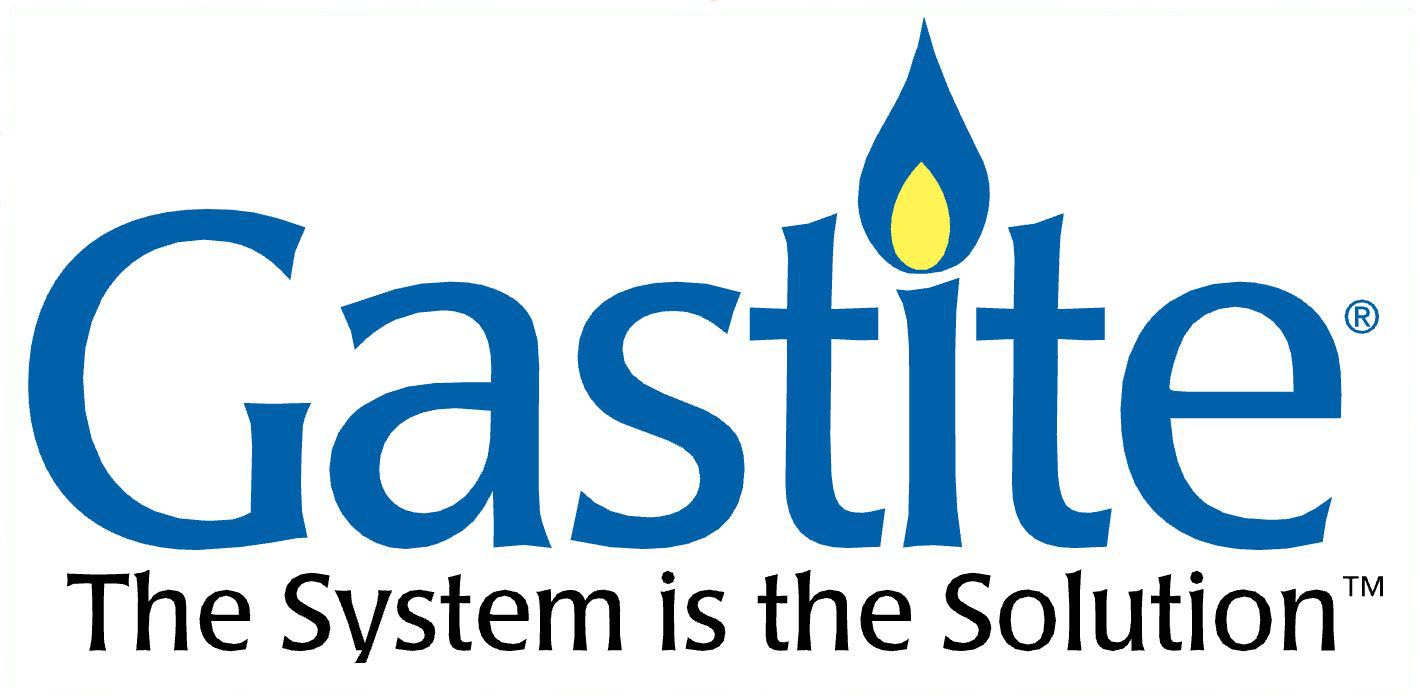Generators in high demand across North Jersey
Want a standby power generator? Get in line.
Between back-ordered products, busy utility inspectors and delayed municipal permits, residents of North Jersey can expect to wait at least a month to get a permanent generator installed at their homes.
Unlike portable generators, a standby generator — which must be hooked up to a home's gas line and electrical grid — usually requires permits from municipal government as well as gas and electric inspections and licensed contractors to install and maintain the device.
The 2011 storms proved to be a tipping point for many families, and as a result, manufacturers, utilities, contractors and municipalities have been struggling to catch up.
In 2010, Tenefly processed half a dozen applications for standby generator installments. Last year, that number was 160, according to Bob Byrnes, the borough's construction and zoning official — and since Jan. 1 of this year, 21 more requests have come in.
"I'm a lifelong resident of Bergen County and this is the first time I've ever experienced days without electric power," Byrnes said. "People aren't used to it. They don't want to deal with it again."
Electrical contractors across the region are seeing a surge in generator business.
"Public interest has totally exploded," said Anderson, who has had trouble filling orders. "Generator manufacturers weren't ready. What went from a one- to two-week wait for delivery went to two months."
Melanie Tydrich, a senior channel manager for residential products at Kohler, said there had been an "unprecedented demand" for generators, particularly in the northeast.
"We've never seen demand in a location like that," she said.
After a December peak in back orders, Tydrich said, Kohler is ramping up production. "We're chipping away at that lead time," she said.
Inspections required
Public Service Electric and Gas has seen an increase in requests for gas and electric inspections due to generators, primarily in "heavy-hit" northern New Jersey, spokeswoman Rena Esposito said. "The average response time remains 10 to 15 days," she said, "which is consistent with what it has been in the past."
PSE&G was only now processing paperwork company submitted in December.
The rest is up to local officials, which today often lack the manpower to handle the requests.
Municipalities typically require some combination of building, plumbing, fire and electrical permits, plus zoning and construction code approval, all of which can take up to a month or more to complete.
And final inspections are required once the generator is installed, officials said.
"We haven't had a problem with the reviews," Byrnes said of Tenafly. "The problem that we're running into is the additional inspection. In the last couple months, it's been a big rush."
"I don't even know where our backlog is at this point," Byrnes said, acknowledging that residents might be getting impatient. "People expect that once a generator's in, they should be able to use it immediately."
Englewaood has seen a "huge increase" in applications for generators, said Walter Deptuch, Englewood's construction and building official. Englewood provides detailed instructions for installation of generators.
Winter is not typically the peak time for generator sales and installation — the ground tends to be too hard, or covered with snow. And a standby generator costs a bundle: at least $9500 - $12,500 for the purchase and installation of a 20-kilowatt generator, the most common standby generator, which can power a 3,000-square-foot home.


















